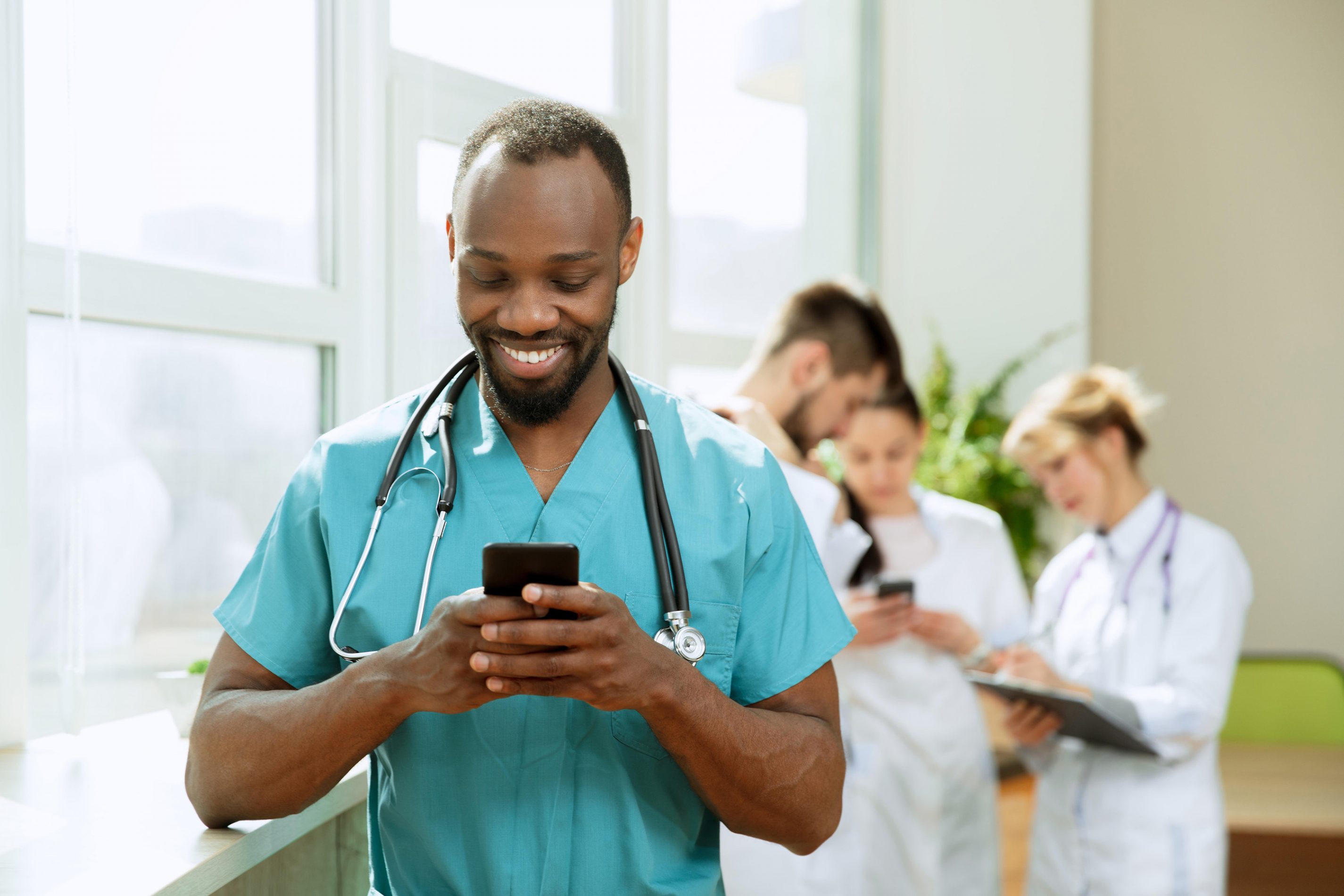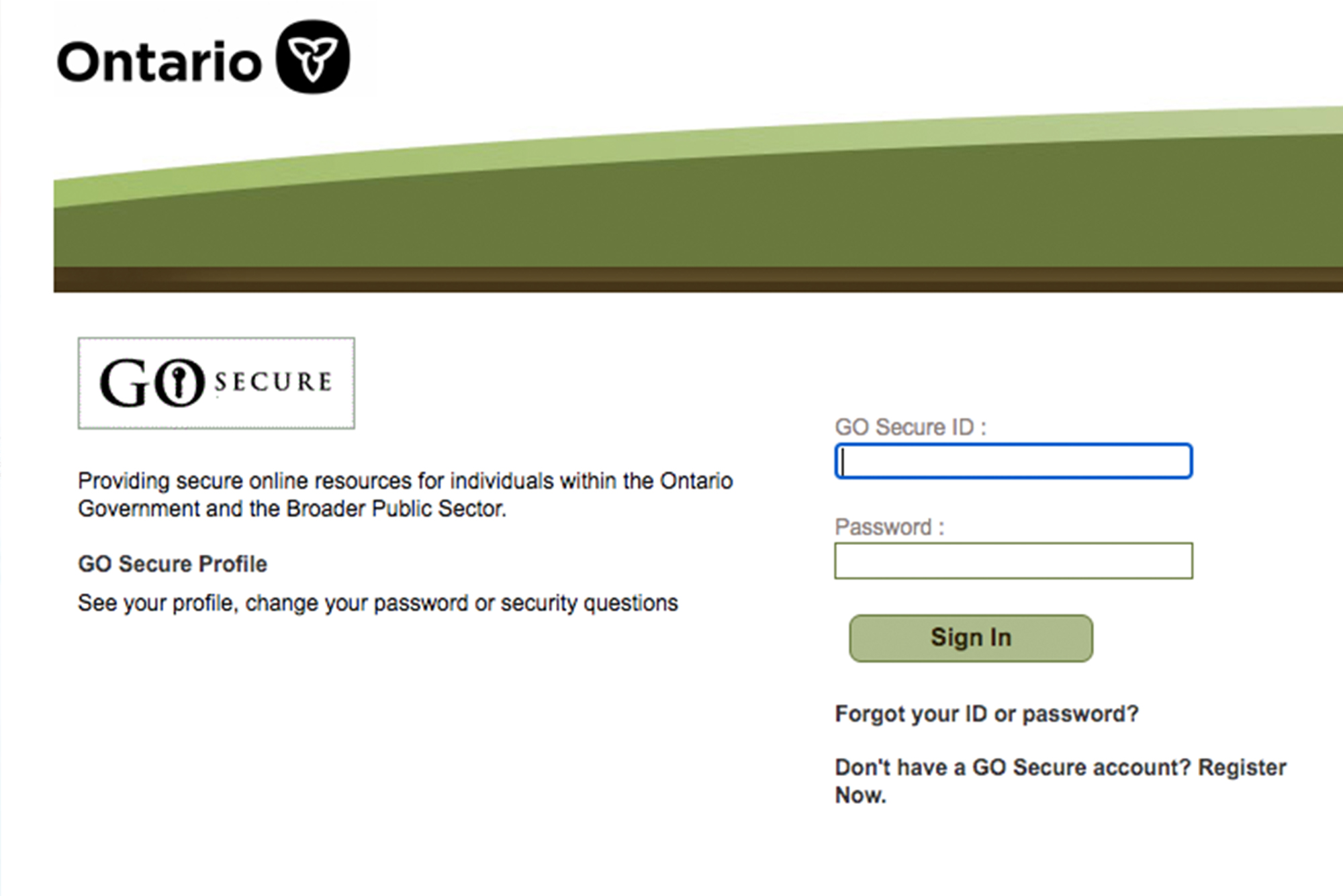Whether you’re a new doctor or a seasoned physician, you’ll need to follow OHIP’s rules if you want to get paid for your time. For almost all doctors, this means using OHIP’s time based billing codes correctly. Time based billing codes are typically used in two different scenarios – physician services with minimum time requirements (such as timed consultations), and services that are paid based on time-based units (such as surgeries or anaesthesiology procedures). Making mistakes submitting these claims or forgetting to add the start and end times for these services to your patient’s medical record can mean that you don’t get paid – so it’s important to make sure that when you’re using these billing codes, you do so correctly.
Ready to get started? Here is everything you need to know about using time based service codes in Ontario:
General Time Code Requirements
In addition to the specific time code requirements that need to be met for each time-based physician service that you’ll bill, you’ll also need to follow some general rules. To bill for any time based service, you’ll need to ensure that it includes direct personal contact between you as the physician and the patient (or the patient’s caregiver or family member if specified). Other things to remember include:
- Adding the start and stop time into the patient’s permanent medical record. It isn’t enough to include a total time (for example, saying you spent 20 minutes with a patient); in order for the claim to go through, you’ll need to make sure to take down the exact time your consultation with the patient began and finished.
- Ensuring the time-based services you claim do not exceed typical office hours. Although there might be situations where this could theoretically happen, time-based services are typically performed in the course of a normal business day. So while you might be in the clinic for 10 hours, you’ll likely not be using time-based codes for the full amount of that time.
- Making sure there are no discrepancies between the time units you claim and the time spent with the patient noted on their file. For example, if a surgery with a patient is forty five minutes long and you claim one hour of time, OHIP will question why you chose to bill for the longer amount.
- Checking to make sure the time you claim for your time-based services do not overlap with any other services you bill under separate fee codes.
- Making sure none of the services you’re trying to bill for have been inappropriately delegated (for example, patient counselling services performed by a member of your staff).
Some examples of services with time requirements you might use include:
- 10 minutes: physician to physician (or nurse practitioner) telephone consultation for a wound and ulcer debridement
- 50 minutes: special consultations
- 75 minutes: comprehensive consultations and other specialized consultations, such as special genetic consultations or geriatric psychiatric consultations
- 90 minutes: extended special or comprehensive consultations
- Variable: surgical procedures with time-based units, including:
- E554 – Synovectomy associated with selected procedures (minimum 30 minutes)
- E483 – Synovectomy for inflammatory arthritis (minimum 90 minutes)
- E481 – Osteochondroplasty (minimum 2 hours)
- Z187/Z188 – Complex laceration repair (minimum 20 minutes)
In addition to these services, there are also time-unit based codes used in specific scenarios:
Surgical:
-
- Surgical assistant services
- Anaesthesiology services
- Specialized surgeries for tumours, debridement, excisions, or grafting in the operating room
Detention/related:
-
- Detention or detention-in-ambulance
- Surgical assistant standby time
Counselling/Mental Health/Interviews:
-
- Psychotherapy/psychiatric services
- Primary mental health care
- Counselling services and interviews (pre-booked)
Condition-specific support:
-
- Care for previous conditions such as HIV primary care, substance abuse, or fibromyalgia.
Genetic services:
-
- Genetic assessments, care, and family counselling.
Critical/related:
-
- Life threatening critical care or management and consultation related to a critical care condition.
Misc:
-
- Case conferences, extension of psychiatric consultations, developmental, behavioural, or chronic disease care.
In cases like these, it’s a good idea to make sure you look at the rules set out in the OHIP payment schedule (or through a lookup tool) – these rules will tell you the time requirements for claiming a service, as well as any additional conditions required for payment (such as whether to use consecutive or non-consecutive time).
Minimum Time Spent with Patient
For some services (like psychotherapy, hypnotherapy, counselling, or mental health/psychiatric care), the base unit of time is 30 minutes. To get paid for this time, you’ll need to have spent at least 20 minutes with the patient, and recorded the start and stop time for this visit in their chart. This is also true for additional units of time:
| # of Units | Minimum Time with Patient |
| 1 unit | 20 minutes |
| 2 units | 46 minutes |
| 3 units | 76 minutes |
| 4 units | 106 minutes |
| 5 units | 136 minutes |
| 6 units | 166 minutes |
| 7 units | 196 minutes |
| 8 units | 226 minutes |
For anesthesia or surgical assistant services, payment is based on the number of basic units associated with each procedure as well as time units calculated for each 15 minutes (or part thereof) of procedure time. The unit value for each 15-minute period can be calculated as:
| Surgical Assistant | Anaesthesiologist | |
| During the first hour or less | 1 unit | 1 unit |
| After the first hour | 2 units | 2 units |
| After 1.5 hours | 2 units | 3 units |
| After 2.5 hours | 3 units | 3 units |
Make sure to avoid double billing – when different procedures are done by two different surgeons under the same anesthetic, each surgeon should claim the surgical fee for the part of the procedure that they perform. If you finish your part of the surgery and stay on as an assistant, you can claim additional time units for the time you spend assisting, but you cannot claim any basic surgical assistant units. If you’re working with another surgeon for an elective bilateral procedure, one of you will need to claim the surgery while the other surgeon claims the assistant’s benefit.
Case Examples
Case 1:
A family physician assesses an 85 year old patient complaining about fatigue and weight loss. In her first assessment with him, she notices that he isn’t able to answer many of her questions and seems to be confused. She then gets the patient’s permission to contact his daughter for a 30 minute in-person interview.
What fee codes can she use for the visit?
Answer:
The physician would claim code A007A for the Intermediate Assessment with the elderly patient and 1 unit of K002A for the counselling services with the patient’s daughter, assuming that the interview she conducts is at least 20 minutes, the start and stop times are documented in the patient’s medical record, and that the interview is booked and separate from the original appointment.
Case 2:
In the same scenario as above, the family physician provides both services (the initial assessment with the elderly patient and the followup interview with his daughter) virtually, over an approved video conferencing tool. What fee codes can she use for the visit?
Answer:
In this case, the physician would claim virtual care code K081A (intermediate assessment by telephone or video) for the assessment with the patient, and 1 unit of K082A for the virtual counselling with the patient’s daughter. This still assumes that the interview she conducts is at least 20 minutes, the start and stop times are documented in the patient’s medical record, and that the interview is booked and separate from the original appointment.
If these are claimed in the same day, the physician will need to submit them for manual review with an explanation – otherwise OHIP could think they are duplicate services and reject your claim.
Case 3:
Dr. Miller, a family physician, sees a 26 year old patient in his practice for a discussion about her risk of breast cancer following a positive BRCA gene test. He spends 35 minutes in discussion with the patient, then administers her annual influenza vaccine. He makes sure to note the start and stop times for the counselling in her medical record. What fee codes should he claim for his time?
Answer:
Since he does not meet the 46 minute threshold for a second unit of counselling, he should claim 1 unit of K013A (counselling – individual care), plus G590A (influenza agent) for the immunization. Keep in mind that only some fee codes (like G590A) can be submitted for payment by the same physician on the same day as a counselling service code.
Case 4:
Another patient in Dr. Miller’s clinic comes in for their annual influenza vaccine. This time, the patient receives their shot from one of the nurses at Dr. Miller’s office. When the patient is finished getting their vaccine, the nurse spends 20 minutes talking to him about grief following the recent death of his wife. What fee codes can Dr. Miller claim for the visit?
Answer:
Dr. Miller can claim G590A for the immunization, since this is a procedure he is allowed to delegate to a nurse. He cannot claim the nurse’s time for counselling, since these services cannot be delegated to non-physicians for payment.
Case 5 (Part A):
Dr. Edwards, an anaesthesiologist, provides anaesthesiology for a patient’s primary total hip replacement (R440). She documents the start and stop times for her anaesthesia services in his medical record as 07:35 and 10:00, for 145 minutes total. How many anaesthesia units is she eligible to claim?
Answer:
She can claim 10 basic units + 4 units for the first 60 minutes – her 10 basic units plus 1 unit for every 15 minutes of the first hour. She can then claim 4 more units for the first half hour (2 units for each 15 minute period) and 12 units for the remaining 55 minutes (3 units for each 15 minutes for the remaining 55 minutes), for a total of 30 units.
Case 5 (Part B):
During the same surgery, Dr. Lawson provides surgical assistance to Dr. Edwards. Surgical time in the medical record is documented as 120 minutes. Dr. Lawson provided an additional 10 minutes of time spent with the patient in the operating room, assisting with preparation, for a total of 130 minutes. How many surgical assistance units can she bill?
Answer:
Since the operating room records can be used as documentation of her time, Dr. Lawson can claim her 8 basic units plus 4 additional units, one for each 15 minutes she spent on the patient in the first hour. She can then claim 10 units afterwards (2 units for each 15 minutes after the first 60), for a total of 22 units in all. If she wanted to claim the extra 10 minutes of time she spent with the patient assisting, Dr. Lawson would need to document these additional start and stop times in the patient’s medical record.
Case 5 (Part C):
If Dr. Lawson had another surgery to assist with after the hip replacement, and she had a 45 minute wait between the procedures, could she claim a fee for this time?
Answer:
No. There are no fee codes used for time spent waiting for an operating room change over.
Case 6:
A neurologist performs a complex neuromuscular assessment for a patient with ALS. They spend 75 minutes with the patient, who has experienced deterioration in her condition. What fee codes can they claim?
Answer:
The neurologist can claim fee code A113A for the complex neuromuscular assessment, which should run for 60 minutes. Since they have exceeded this time, they can also claim the detention code K001A for 1 unit (15 minutes), so long as they include a written explanation of why the detention happened and submit the claim for a manual review by OHIP.
This article offers general information only and is not intended as legal, financial or other professional advice. A professional advisor should be consulted regarding your specific situation. While information presented is believed to be factual and current, its accuracy is not guaranteed and it should not be regarded as a complete analysis of the subjects discussed. All expressions of opinion reflect the judgment of the author(s) as of the date of publication and are subject to change. No endorsement of any third parties or their advice, opinions, information, products or services is expressly given or implied by RBC Ventures Inc. or its affiliates.







